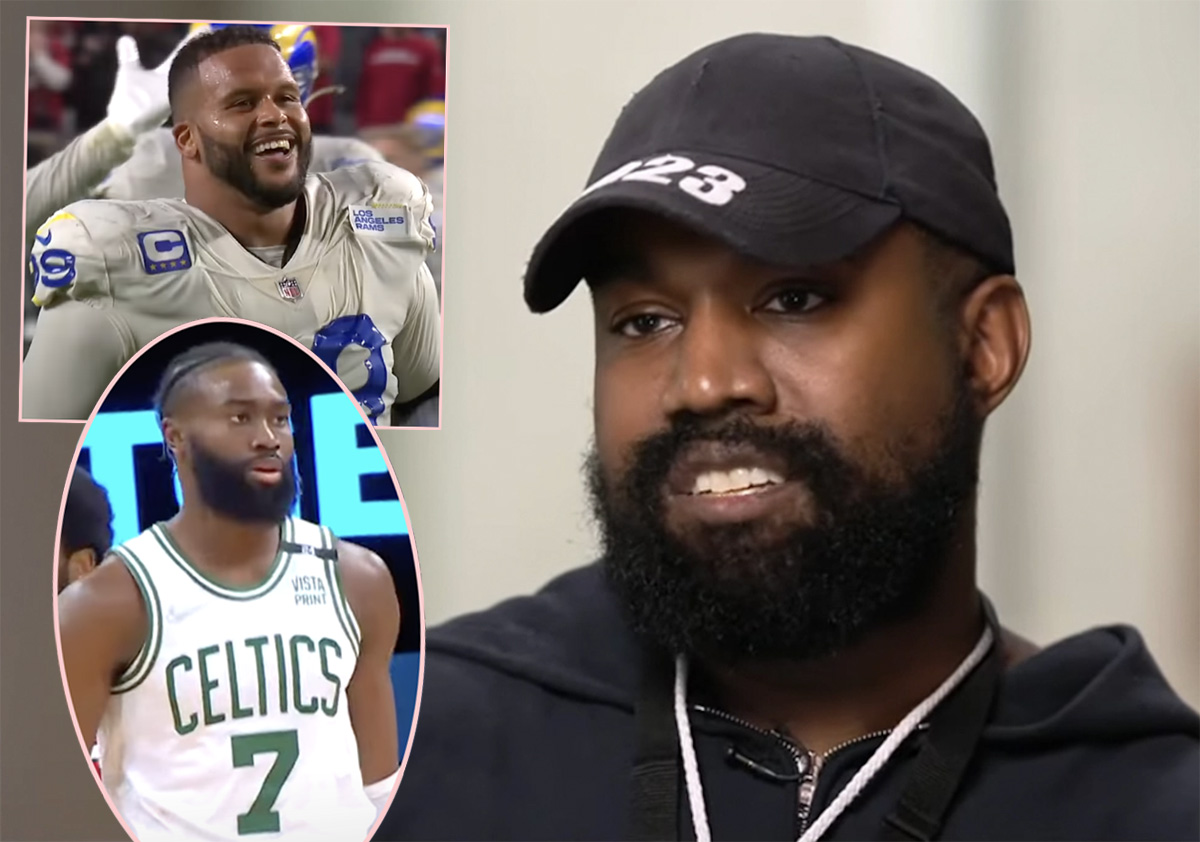
This year, the US federal government will spend more than $61 billion in humanitarian aid for the rest of the world.
Philanthropists and charitable donors will contribute another $30 billion.
Combined, this total is more than any other country, and it helps transform lives in poor countries.
But Americans — and everyone else — can do better. Not by spending more, but by spending more smartly.
Today, much of the spending ends up being shaped by the global list of goals that the US and the rest of the world has committed to achieve by 2030, called the Sustainable Development Goals.
The SDGs were created by the United Nations to achieve nothing less than peace and prosperity for people and the planet.
Those are noble intentions, but the effort was compromised from the start by the UN’s misconceived attempt at radical inclusion.
Instead of identifying 10 or so policies that would really deliver, they asked every interest group to pile in with their favorite ideas.
Inevitably, the SDGs became a sprawling agenda of 169 targets promising literally everything to everyone: Eradicating extreme poverty and hunger, ending the epidemics of AIDS, tuberculosis, malaria, and neglected tropical diseases, fixing war, climate change, pollution, corruption, and chronic diseases, improving education, saving biodiversity, reducing inequality and getting jobs for everyone.
But we also find more unexpected promises like promoting sustainable tourism, promoting lifestyles “in harmony with nature,” and increasing urban parks for the disabled.
Because of the failure to prioritize, money has been spread thinly across all the targets. Consequently, the world is falling short on every goal.
Even United Nations Secretary-General Antonio Guterres now admits that the Goals are “far off track.”
A recent UN report spelled out some of the consequences: On current trends, only one-third of countries will achieve their poverty promises by 2030, and 300 million children and young people will still leave school unable to read or write.
This year marks the midpoint between the start of the goals in 2016 and 2030 when they are supposed to be achieved. The world is at halftime but we are far from halfway.
Starting on Monday, world leaders will meet in New York to discuss how to do better. What’s needed is a strong dose of common sense and economic reality to focus minds.
The UN wants to leave the unwieldy list of promises intact, and ask for more money from the US and other governments.
Guterres has audaciously proposed that countries conjure at least $500 billion every year for the rest of the decade as a stimulus package.
Utterly implausibly, this would mean tripling global development aid — yet it would still be 20-times short of the full cost to achieve all the SDG promises.
It seems reasonable for taxpayers to ask why we would send more money at the behest of the very people who were unwilling to prioritize in the first place.
The Secretary-General suggests the first three things he would spend the stimulus on are renewable energy, universal social protection, and job creation.
Yet all three of these areas have been assessed by economists as some of the least efficient ways to help the world’s poor.
In the real world, instead of promising fantasy-trillions, we should marshal real billions and spend them on the most effective investments. As the world’s single biggest donor, the US, could lead the way.
Over decades, my think-tank, the Copenhagen Consensus, has worked with more than 300 of the world’s top economists and seven Nobel laureates to identify the very best ways to do good.
As the world reaches halftime for its promises, we’ve combed through the 169 targets to identify the very best policies using benefit-cost analysis.
The resulting peer-reviewed research identifies the 12 most efficient policies that would together deliver at least $15 of social benefits for every dollar spent.
One such crucial investment is in improving educational quality. Across the world, children are now in classrooms — but too many of them are not learning.
Even in the world’s low- and lower-middle-income countries which make up about half the world’s population, almost every child at least starts elementary school.
Yet, an astonishing 80% — one-third of a billion children — cannot pass even simple math and comprehension tests.
At the current rate of improvement, it will take 159 years for elementary schools in sub-Saharan Africa to catch up with the 2015 level of North America.
Throwing more money at existing education systems typically does not work.
Even as governments of low- and lower-middle-income countries almost doubled spending per elementary school student between 1990 and 2015, there was barely any improvement in learning outcomes.
Indonesia doubled education spending to pay teachers more and achieve one of the lowest class sizes in the world, yet this had no measurable impact on student learning.
Economists agree that the best educational value-for-money is found in elementary school where the biggest impact can be made for the lowest cost.
Almost universally, schools put all 9-year-olds in one grade, 10-year-olds in another, and so on. At each level, some children struggle and want to give up, while others are far ahead and bored.
But technology can help. Put each student in front of a tablet with tailored learning software for one hour a day, and the software quickly identifies the right level and teaches from there.
For each student, the cost of tablets and infrastructure — even when allowing for incompetence, corruption, and theft — comes out to just $31 per year.
Many large-scale studies have shown that even if the rest of the school day is spent in traditional classes with minimal learning, one hour per day will result in remarkable overall learning: Over one year, the student learns what normally takes three school years.
Better-educated students become more productive adults, meaning entire societies become much better off in the long run. Each student’s future income increase will reach almost $2,000 in today’s money. For $31, that is a remarkable $65 return on each dollar of investment.
Such analysis has helped convince Malawi, one of the world’s poorest countries, to start providing tablets and educational software for every primary school.
If we’re serious about helping boost education in the poorer half of the world, we need to get this and similar smart educational solutions to all pupils.
A realistic total cost per year would be almost $10 billion, but it would make the world’s poorest people better off by more than $600 billion every year.
That makes it one of the world’s 12 best investments, and a policy that the US should champion next week, to turbocharge the 2030 promises and make development spending more effective.
Investment in maternal and newborn health is another incredible investment.
Each year, almost 300,000 mothers die each year from pregnancy-related complications, and 2.3 million newborns die within the first month of their lives. Cheap, simple and proven approaches can avoid more than half of these deaths.
We can encourage more women to give birth in health facilities and make sure these have basic staff, training and resources to treat the most typical complications around birth.
More than 700,000 newborns die each year from asphyxiation because they fail to start or keep breathing.
The astonishingly basic fix is a resuscitator — a simple mask with a hand pump that can push air into the infant’s lungs.
It costs just $75 and can typically save up to 25 children over its three-year lifetime. This year, more than 3.5 million children will need resuscitation, but only one-third will be at a facility with resuscitator access.
Allowing for real-world failure and corruption, the total financial cost will come to just $2.8 billion annually.
This expenditure could save 166,000 mothers and 1.2 million newborns every year. Each dollar spent will deliver a breathtaking $87 of social good.
Education and maternal health solutions are just two of the 12 policies where our research identifies incredibly powerful investments.
We can also almost entirely end tuberculosis, which still needlessly kills more than a million people each year.
And we can very cheaply reduce the death toll of chronic diseases by reducing cardiovascular disease with pills to lower hypertension, as well as through alcohol regulations and tobacco taxes.
In total, across 12 smart policies, we could achieve a vast amount while spending relatively little.
For a total cost of about $35 billion per year — just over half of what the US alone spends on humanitarian aid— the world could generate returns worth 52-times the investment.
These policies can save 4.2 million lives each year and generate economic benefits worth $1.1 trillion for low- and lower-middle-income countries each and every year.
These phenomenal opportunities should be the first things we focus on for the rest of this decade. At the UN discussions about the failing 2030 promises, the US should focus on what works.
The US can leverage its leadership role not by supporting a doomed attempt to conjure trillions of dollars for an ill-conceived laundry list of development promises, but by highlighting how to deliver the very best things for the world.
All research is available at copenhagenconsensus.com/halftime, also published by Cambridge University Press’ Journal of Benefit-Cost Analysis. The full story is in Bjorn Lomborg’s book Best Things First.
















